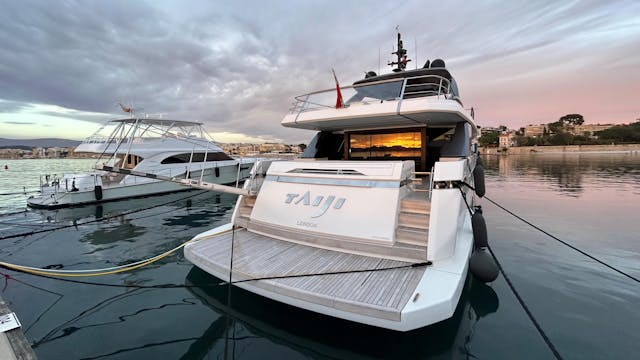Marinas operate as commercial hubs that support tourism, real estate development, and marine services. They contribute more than dock space, playing a steady role in local economies and waterfront growth.
Many still picture marinas as quiet docks filled with boats under clear skies. But today’s marina industry has scaled up. It now includes smart infrastructure, high-value real estate, regional investment zones, and global service networks.
From Florida’s marina expansions to technology upgrades across the Gulf Coast and Pacific Northwest, the global marina sector is growing in new ways. Smart berthing, digital payments, fuel automation, and climate-related upgrades are pushing operators to rethink operations and partnerships.
The global marina market is projected to grow from $17.05 billion in 2023 to $30.4 billion by 2033, with a CAGR of 5.68% from 2028. These figures reflect rising demand for coastal access, more complex customer needs, and long-term public and private investment.
In this article, we’ll share 12 facts that reveal overlooked growth drivers, industry shifts, and new competitive pressures. These insights will matter to boat owners, marine investors, asset managers, and on-the-ground operators. With over 40 years of direct support for marina operators, DockMaster continues to track how this sector changes and what it means for long-term business performance.
12 Facts That Will Surprise You About the Global Marinas Industry
Here are 12 facts that highlight where the U.S. marina industry is headed, and why it matters now.
1. The marina market is worth over $19B and growing fast

The U.S. marina industry has grown past $19 billion and continues to expand as more Americans register boats, seek coastal access, and spend on marine recreation. States like Florida, California, and Texas lead the demand, creating new pressure on marinas to meet rising expectations for services, speed, and convenience.
As a marina management software, DockMaster helps marina operators handle this growth without adding extra staff or tools. The system supports every core function with one connected workflow:
-
VisualMarina® gives staff a live, interactive map of your marina so they can assign slips, track arrivals, and plan departures from one screen.
-
The accounting system generates audit-ready journal entries automatically and links every transaction to your general ledger.
-
The inventory management system tracks parts and quantities across locations and syncs directly with the point-of-sale terminal, which processes secure payments using the Ingenico Isc Touch 250.
-
Built-in tools support storage contracts, transient reservations, billing code control, and EMV-compliant payment processing.
As marine trends in 2025 take shape, operators using DockMaster will have a clear view of demand, revenue, and marina capacity, without jumping between disconnected systems.
2. North America leads, but Asia-Pacific is booming

North America currently dominates the marina market in terms of value and facilities, and it continues to attract the most investment across the boating sector. Over $6.32 billion of the 2023 market value came from the U.S. and Canada, indicating steady demand from both recreational and commercial operators.
Asia‑Pacific has surged into view as a top growth region. In 2024, it saw its recreational boating market reach $4.73 billion, and analysts expect it to nearly double to $8.90 billion by 2033, growing at a CAGR of 7.27%.
That rapid growth means North American marinas now compete with emerging markets in China, Thailand, and Australia for investment, design talent, and cutting‑edge facilities. U.S. operators who track these global trends may discover new partnership opportunities and smart operational ideas to stay ahead.
3. Pleasure marinas dominate, but fishing and commercial are catching up

Pleasure marinas continue to make up most marina traffic in North America and the Asia Pacific regions. Asia‑Pacific now accounts for approximately 40% of the global fishing vessel market share in 2023, signaling a rapidly increasing commercial boat presence in coastal marinas. Operators now frequently manage mixed‑use marinas that serve both recreational boaters and working vessels alike.
That shift forces marina managers to adjust slip sizes, service offerings, and scheduling systems for diverse vessel types. They must support leisure boaters one moment and adapt facilities for commercial fishing vessels the next, especially in countries such as China, Thailand, India, and Japan. Modern mixed‑use marinas demand flexible infrastructure to handle varied docking, maintenance, and customer support needs.
Skilled operators who respond proactively will outperform. Offering both leisure and commercial options increases marina utilization and revenue potential. Every marina should evaluate its capacity, staffing, and service models to accommodate both pleasure and working boat customers effectively.
4. Private marinas own most of the market
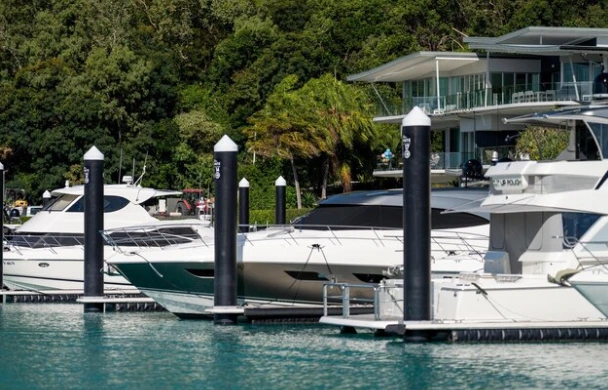
Private companies controlled 71.44% of the global marina market in 2023, representing roughly $12.18 billion in value. Public and government-owned marinas accounted for the rest by offering more basic amenities and community access.
Private operators often work within hospitality or real estate groups and can implement new services and facility upgrades more quickly. They do not wait for public budgets or slow approvals to modernize their systems. Many private marinas introduce technology, loyalty programs, and customer amenities sooner because they control both capital and decisions.
That ownership shift creates stronger competition for public marinas and invites new investor interest. Every operator should assess how private ownership strategies and financial flexibility support customer experience and revenue growth.
5. Eco-friendly, floating marinas are on the rise

U.S. marinas increasingly build floating docks, solar lighting systems, and low-impact structures to meet stricter ecological standards. North America’s floating dock market reached $1.2 billion in 2024 and is expected to continue growing at around 5% annually through 2033.
Many marinas now cut waste by going paperless with DockMaster. You can eliminate printed forms and invoices by using e‑signatures, digital check‑ins, and online receipts, which saves staff time while reducing carbon emissions. DockMaster also connects POS systems with fuel monitoring tools, such as FuelCloud, allowing your team to track fuel use accurately, prevent spills, and eliminate paper receipts from the payment process.
These practices support regulatory compliance, promote resident and boater satisfaction, and limit environmental impact. With marine trends 2025 favoring renewable energy and habitat protection, U.S. operators who install floating docks, solar lights, paperless admin, and fuel management tools will secure both approvals and an eco-conscious reputation.
6. Smart marinas use sensors, digital booking, and IoT tools
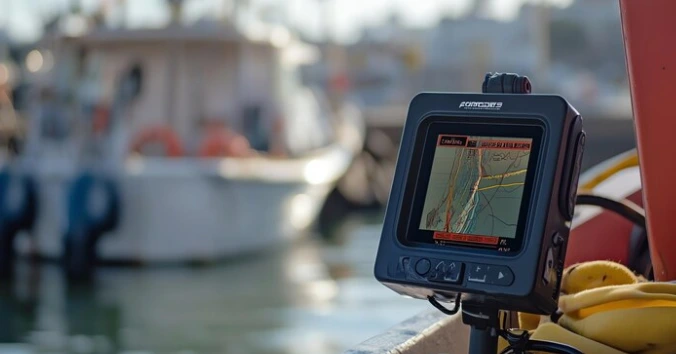
Smart marinas now rely on sensors and digital systems to improve space management and guest convenience. In fact, a recent study shows 71% of marina guests prefer booking slips via smartphone, showing that digital tools are no longer optional for guest-facing operations.
With DockMaster, marina teams can handle all bookings, occupancy tracking, and customer service through one platform that keeps data synced in real time. Instead of jumping between tools, staff can now:
-
Monitor arrivals and departures using real-time dashboards linked to vessel profiles and reservation history.
-
Assign slips faster and with fewer mistakes by pulling exact vessel specs, including draft, beam, and length, directly from stored records.
-
Track and log communication for every customer, automatically storing records under their account.
-
View and control fuel usage and service requests through integrated tools that reduce manual checks.
-
Provide guests with self-service tools to update their contact information, submit check-ins, and pay invoices online, eliminating the need for staff assistance.
With these tools in place, you can run a smarter marina without increasing headcount or switching between disconnected systems.
7. Climate change is driving resilient design in marinas
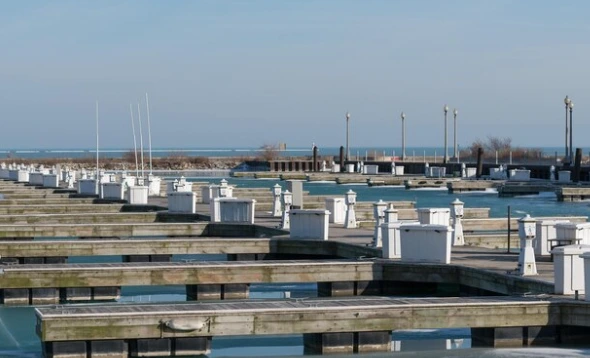
Over the past 150 years, global sea levels have risen by eight inches, and this rate has doubled in just the last two decades. As water encroaches and weather patterns shift, designers are now incorporating storm surge barriers, floating docks, and elevated electrical systems as standard features in coastal projects.
You’ll see more marinas using mobile dock platforms that rise with tide levels and reinforced bulkheads to hold up against repeated flooding. Cities and coastal authorities often require these features before granting construction approvals, which adds urgency to long-term design plans.
Marina owners who invest in climate-resilient infrastructure can avoid major disruptions while keeping vessels, property, and people safer during severe weather events.
8. Medium-sized marinas (100–500 slips) lead the segment
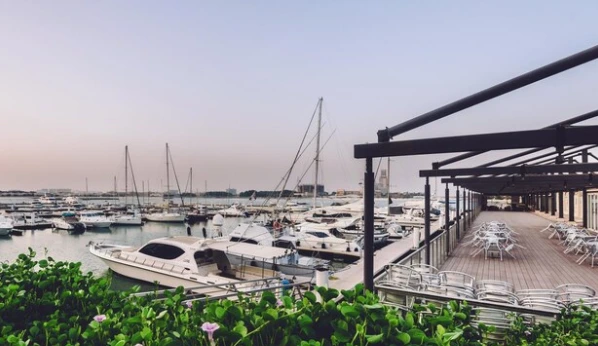
According to a 2024 LinkedIn post by Andrew Sullivan, founder of Grey Aspen Capital, 26% of U.S. marinas have 100–249 slips and 24% have 250–499 slips, making mid-sized facilities the largest share of the market at 50%.
These marinas offer enough capacity to support full services without the overhead of managing mega-facilities. Owners can operate fuel docks, provide maintenance, and support transient guests without requiring large-scale staff or infrastructure.
Operators find this size easier to manage, especially since over 60% of marina owners have held their property for 20 years or longer, according to the same survey. That long-term ownership suggests mid-sized facilities bring stability and consistent returns, which matters to both legacy owners and new investors.
This model also delivers strong performance. In the same 2024 report, 26% of marinas reported 100% occupancy and 68% raised slip rental rates between 2023 and 2024, proving that demand is high and margins can grow without expansion.
9. Marinas are now full-service lifestyle destinations

Think marinas are just for boats? Think again, because they’ve turned into full-blown destinations people visit even without ever stepping on a dock.
Owners have packed them with waterfront restaurants, boutique shops, fitness centers, cozy lodging, and even live music that keeps foot traffic steady all year. Instead of relying solely on slip rentals and fuel sales, operators now generate steady income from visitors who come to eat, shop, and relax.
When boaters dock for the weekend, their friends and family often tag along to enjoy everything else on-site. This mix of services and walk-in attractions enables marinas to thrive with revenue from both locals and travelers.
10. Luxury waterfront developments are shaping demand
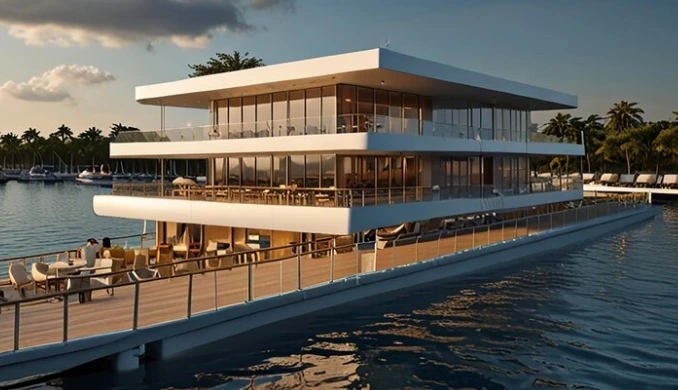
Luxury coastal real estate projects increasingly include private docks or partner with marinas to boost property values. These upscale developments feature residences with direct water access, branded hospitality services, and marina berths offered as part of premium living packages. Builders in regions like Naples, Sarasota, and Palm Beach often include boating facilities to attract high-net-worth residents seeking lifestyle-centric investment.
Marinas that collaborate with luxury real estate developers gain exclusive access to new vessel owners and resident traffic. Those partnerships can lead to long-term revenue through shared amenities, branded services, and enhanced docking contracts.
11. Big players are consolidating the market
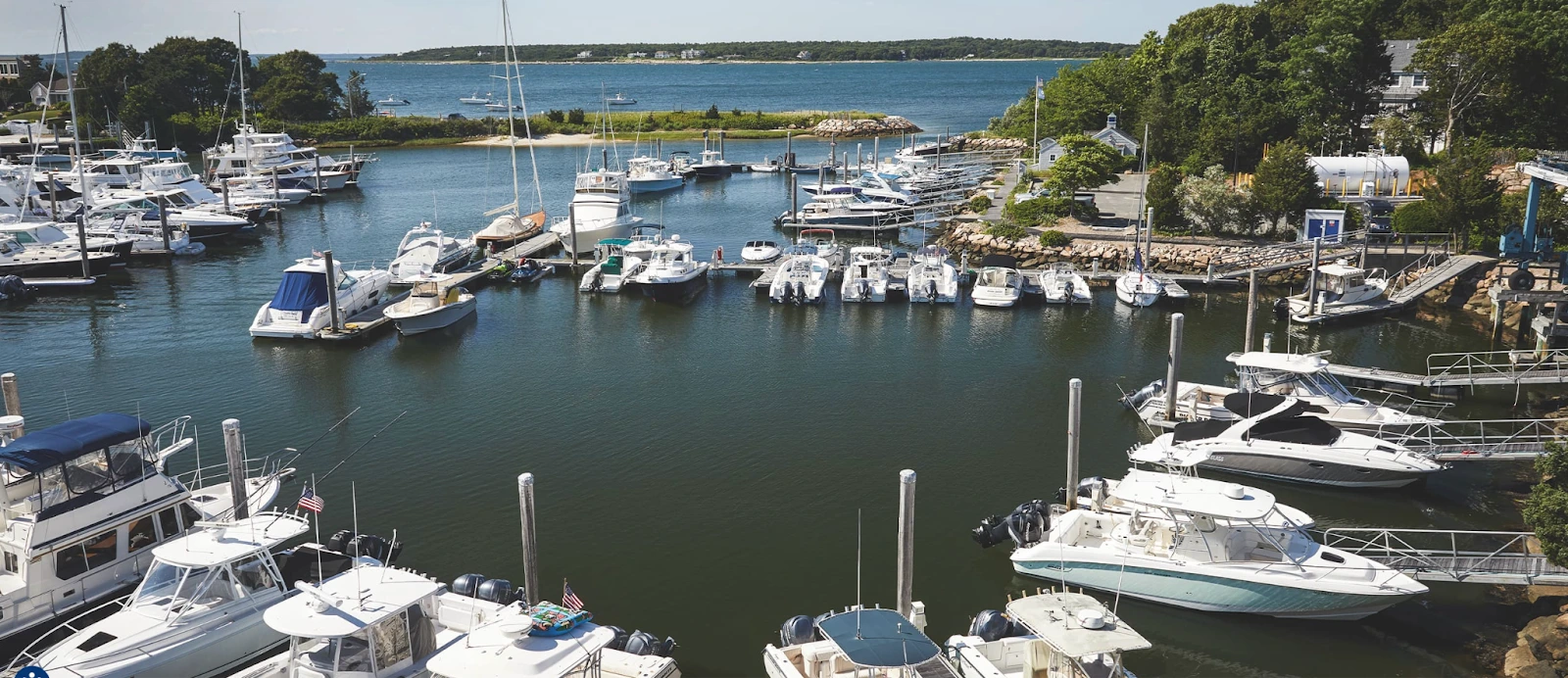
Large companies like Safe Harbor Marinas and Suntex have expanded their reach through acquisitions and partnerships across the U.S. Blackstone’s February 2025 purchase of Safe Harbor Marinas for $5.65 billion, including its 138 locations, demonstrates how major players are changing the game. These consolidations help larger operators standardize services, negotiate better supplier deals, and improve overall efficiency. Meanwhile, smaller independent marinas face growing pressure.
To stay viable, they must specialize their offerings, improve customer experiences, or form partnerships with bigger firms to remain competitive in a shrinking independent market.
12. Sustainability investments are now a competitive advantage
More marinas are winning over customers and boosting profits by making a genuine effort towards sustainability. For example, the Port of Vancouver's EcoAction Program offers up to 75% off harbor dues for boats using low-emission fuels, such as LNG, methanol, or hydrogen, and those employing technologies like shore power or battery assist. Similarly, the Port of Gothenburg is investing in shoreside power infrastructure, aiming to connect seven berths to the grid by 2030, which will significantly reduce CO₂ emissions.
These initiatives highlight the importance of integrating environmental sustainability into port development. With over 80% of global trade by volume transported by sea, the impact of such measures is profound. Ports that lead in sustainability not only contribute to environmental preservation but also enhance their competitiveness in the global market.
Leading Your Marina Into the Future
The marina industry continues to grow rapidly, with technology reshaping how operators manage slips and serve customers. Using digital tools helps marinas reduce errors, track occupancy, and deliver seamless experiences that guests expect.
DockMaster’s cloud-first update unifies dock reservation, billing, inventory, and parts management into a single live dashboard. By using those integrated tools, your team can reduce manual errors, respond faster to customers, and free up time for value-added tasks.
Ready to upgrade your marina operations and meet modern demands? Book a free demo with DockMaster today!
